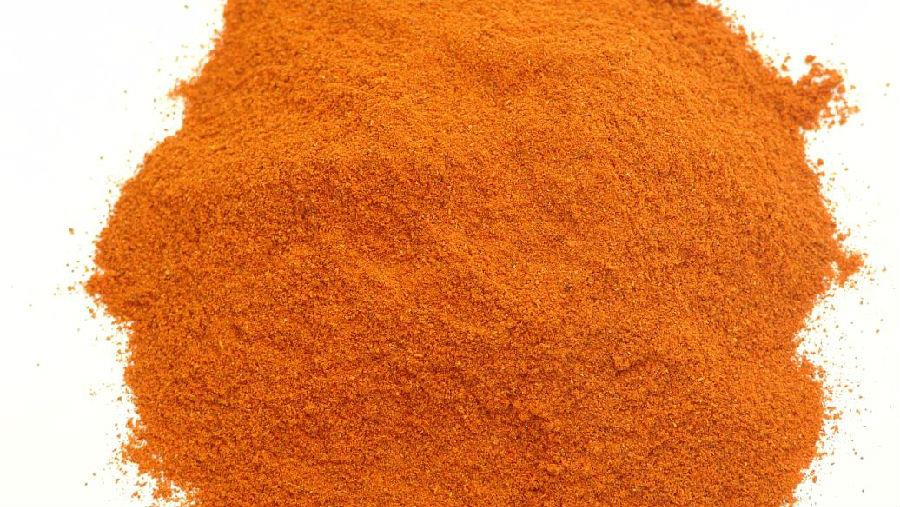
2020-08-11
play a key role in:
1. Promote the development of crop rhizomes and improve the germination rate.Potassium humateIt contains a variety of nutrient elements. After 3-7 days of application, new roots can be seen. In addition, many new roots can be improved, which can quickly improve the ability of green plants to digest and absorb nutrients and water, promote cell division, and speed up crop growth and development.
2. Improve the utilization rate of chemical fertilizers. Potassium humate provides the required nitrogen source and nitrogen source for the theme activities of beneficial microbial strains in the soil, which in turn promotes the breeding of many microbial strains, dissolves phosphorus, dissolves potassium, and fixes nitrogen, thereby greatly improving Improve the utilization rate of light fertilizer and increase the utilization rate.
3. Improve the drought resistance, cold resistance and disease resistance of green plants. Potassium fulvic acid can promote the production of soil soil colloids, improve the ability of soil to fix water and lock water, and improve the drought resistance of green plants. Plant photosynthesis enhances the organic compounds in the green plant cell sap, thereby improving the cold tolerance of crops. The green plant rhizomes are relatively developed, the ability to digest and absorb nutrients and water is greatly improved, the main stem is strong, and the disease resistance ability is strong.
4. Increase production and improve quality. Potassium fulvic acid is fully water-soluble, easy to digest and absorb, and has strong water permeability. The actual effect is more than 10 times that of general humic acid. The active substance of fulvic acid can improve the digestion of nitrogen, phosphorus and potassium. Absorb the utilization rate, greatly improve the nutrients of green plants themselves, increase production, and improve crop quality.

5. Improve soil and resist repeated cropping. Fulvic acid and sodium ions in the soil are fused to produce a stable soil colloid, the water, fertilizer, gas and heat conditions of the soil are adjusted, and many intestinal probiotics are proliferated in the soil, making the soil harmful. Therefore, it can improve the resistance of crops, and has a significant repairing effect on agglomeration and soil pickling caused by long-term excessive fertilization.
Operation method:
Solanum beans and vegetables: irrigation, flushing, 300-400 grams per mu per acre, mixed with basic light fertilizer, and the interval between each application is 7-2 weeks.
Leafy vegetables: Irrigation, flushing, 200-300 grams per acre, mixed with basic light fertilizers, and the interval between each application is 10-half months.
Peach trees: The dosage of 2-4KG per mu is used in combination with basic light fertilizers. The amount used is adjusted according to the size of the peach trees. It can be used as top dressing or irrigation or as base fertilizer.
Sprayer: 6000-8000 times liquid sprayer for vegetables and fruits, 7500 times liquid sprayer for corn, 15000 times liquid sprayer for wheat, 3000-5000 times liquid sprayer for peach trees. Due to different crops, the amount of use can be adjusted appropriately.